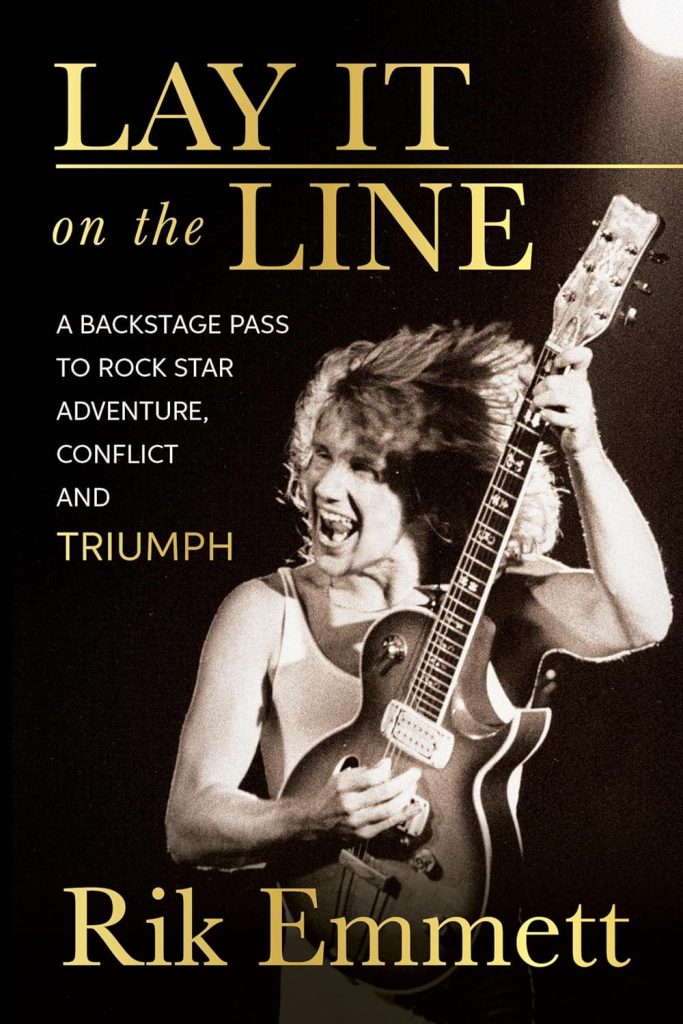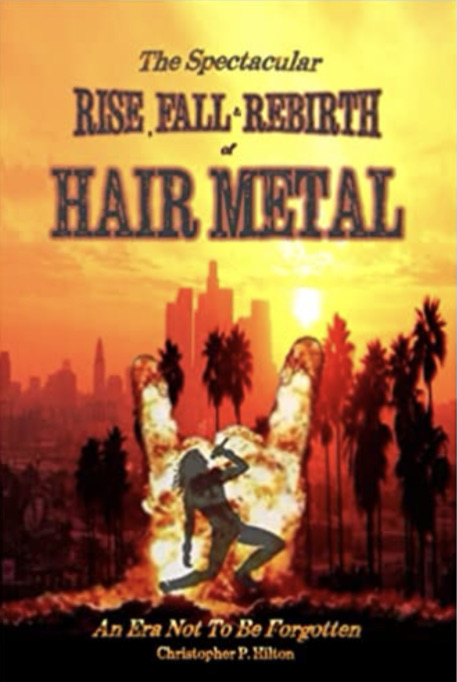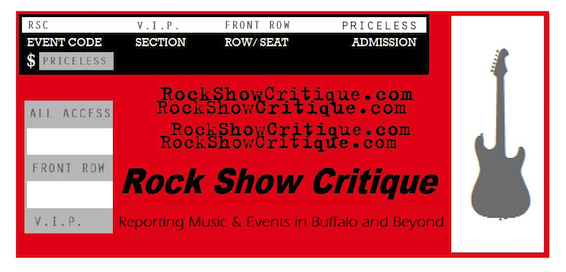 Commentary
Commentary
Thom Jennings
November 10, 2014
Nobody expects Pink Floyd’s latest release, “The Endless River,” to rival “The Dark Side of the Moon” in terms of album sales. “Dark Side” is the second in all-time sales, and likely made it into music collections as a vinyl album, 8-track, pre-recorded cassette, compact disc and as a digital download.
In terms of expectations, few bands have had the pressure to follow up a monster-selling album, but those that have had had mixed results. In the case of “The Dark Side of the Moon,” the follow up album “Wish You Were Here,” was by all but one measure a huge success. When compared to “Dark Side” in terms of sales, it sold less than half, even though musically it is considered by many music critics as one of the greatest rock albums of all-time by any artist.
That type of comparison has hurt the status of many albums, in AC/DC’s case, “Back in Black,” which came out in July of 1980 and remains the fourth largest selling album of all-time, exceeded everyone’s expectations especially considering the group had just replaced their deceased lead singer. In AC/DC’s case something stranger wound up happening, the follow up to “Back in Black” was a solid effort entitled “For Those About to Rock We Salute You” which the band released in November of 1981.
“Dirty Deeds Done Dirt Cheap” which featured the late Bon Scott outsold “For Those About to Rock,” because it was released for the first time in the United States a few months earlier. While both albums easily achieved multi-platinum sales, the combined sales of the two albums were still less than the total sales of “Back in Black.”
Coming in at number seven on the all-time list is Fleetwood Mac’s “Rumours” album. It was the band’s second album from the iconic lineup featuring Stevie Nicks and Lindsey Buckingham. The previous album made the band superstars, and laid the groundwork for the mega-selling “Rumours.”
The follow up album, “Tusk” saw the light of day in October of 1979, about two and a half years after “Rumours.” It was released as a double album, and while from a creative standpoint it is an excellent album, it failed to live up to the commercial appeal of “Rumours,” as did the lineups subsequent releases.
Perhaps the most disappointing follow-up to a mega-selling album belongs to Meat Loaf’s “Dead Ringer,” the follow-up to the 1977 release “Bat Out of Hell.”
Of course the case of “Bat Out of Hell” is an interesting one, because while “Dead Ringer” was the album Meat Loaf released after “Bat Out of Hell” there were two albums that could fall in the category of “follow-up” Jim Steinman’s “Bad for Good” and Meat Loaf’s “Dead Ringer,” both albums were released in 1981 and benefitted from their association with “Bat Out of Hell.”
Eventually Meat Loaf delivered something that movie fans were long used to, a sequel. The first sequel, “Bat Out of Hell II: Back into Hell” appeared in 1993, and put Meat Loaf back in the spotlight. Four of the songs on the album came from Steinman’s “Bad for Good” album.
Thus, while “Dead Ringer” did not live up to the standard set by “Bat Out of Hell” Meat Loaf was able to fully capitalize on the concept later in his career. Moreover, Pink Floyd, AC/DC have new releases in 2014 and Fleetwood Mac is in the midst of a successful tour. While it is too late for “The Dark Side of The Moon Part 2” or “Back Again in Black,” Fleetwood Mac may want to consider naming their new album “Rumours 2: The Truth Hurts,” or something like that.







